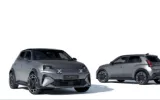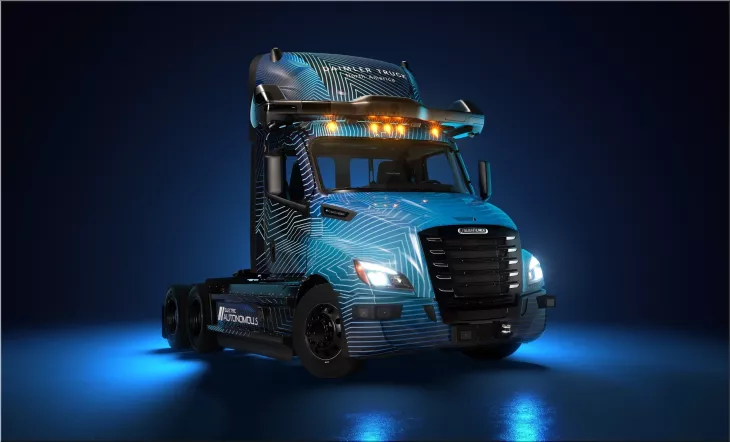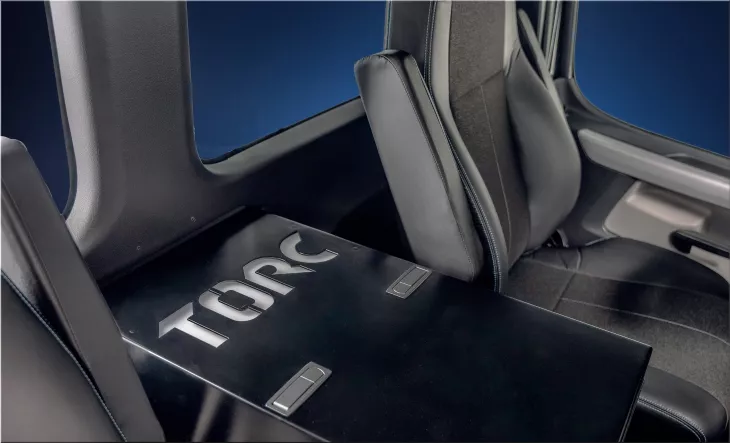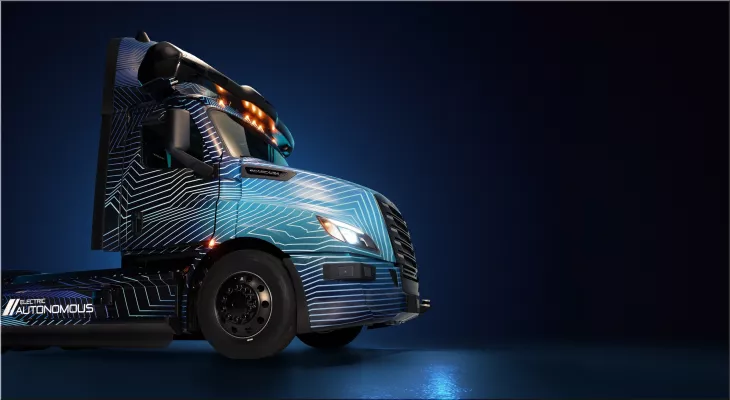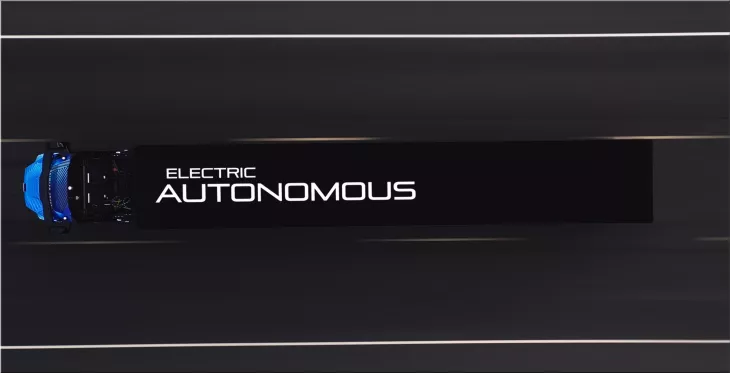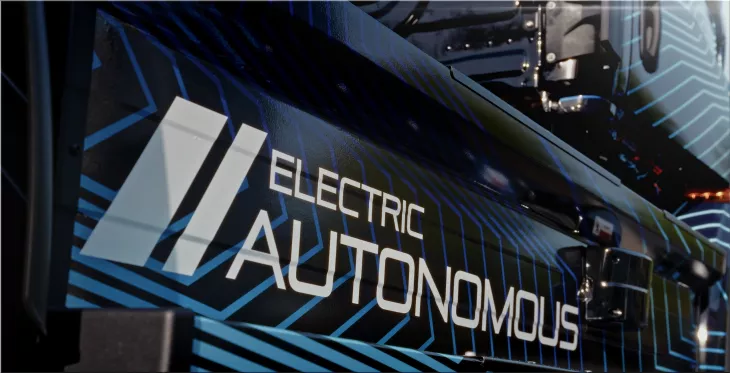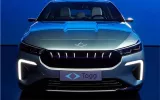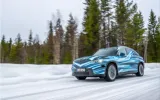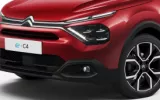The long-haul trucking industry is on the cusp of a transportation revolution. Daimler Truck, a global leader in commercial vehicles, recently unveiled its battery-electric autonomous Freightliner eCascadia technology demonstrator. This innovative project merges two of the most transformative technologies in trucking: electric propulsion and autonomous driving.
Electric Power Meets Self-Driving Potential
The Freightliner eCascadia demonstrator is built upon the foundation of the proven Freightliner eCascadia, a production battery-electric truck that has already logged over 6 million real-world miles with fleets across the United States. This existing platform provides a solid foundation for the autonomous tech integration.
The autonomous capabilities come courtesy of Torc Robotics, Daimler Truck's subsidiary specializing in self-driving technology. Torc's software leverages LiDAR, radar, and camera sensors, along with advanced compute technology, to equip the eCascadia demonstrator with the potential for navigating roads without human intervention. Specifically, the system utilizes Level 4 autonomy, allowing self-driving operation on predetermined routes in controlled environments.
A Glimpse into the Future of Trucking
While the eCascadia demonstrator remains in the research and development phase, it signifies a significant step towards a future where electric, self-driving trucks are commonplace on our highways. Experts predict this future could arrive within the next decade, with initial deployments happening in controlled environments like highways or specific freight corridors.
Potential Benefits of Autonomous E-Trucks
The potential benefits of autonomous e-trucks are numerous:
- Reduced Emissions: Electric vehicles eliminate tailpipe emissions, contributing to cleaner air and a reduced carbon footprint for the trucking industry. Daimler estimates the eCascadia can reduce CO2 emissions by up to 70% compared to a traditional diesel truck.
- Increased Efficiency: Autonomous trucks can potentially operate for longer stretches without driver breaks, leading to more efficient logistics and faster delivery times. Estimates suggest increased efficiency could lead to up to 20% reduction in overall trip times.
- Improved Safety: Autonomous systems could reduce human error, a significant factor in truck accidents. The Society of Automotive Engineers (SAE) defines Level 4 autonomy as featuring a system that can detect and respond to its surroundings, and can take over control of the vehicle for all driving tasks under specific conditions. This could significantly reduce accidents caused by driver fatigue, distraction, or intoxication.
- Driver Shortage Mitigation: Autonomous technology could address the ongoing shortage of qualified truck drivers. This is particularly relevant as the trucking industry faces an aging workforce and struggles to attract new drivers.
Challenges and Considerations
Despite the promising outlook, there are challenges to overcome before autonomous e-trucks become a reality.
- Regulation: Clear and comprehensive regulations for autonomous vehicles are necessary to ensure safe and responsible operation on public roads. Governmental bodies around the world are actively developing frameworks for autonomous vehicles, but there is still some way to go before a standardized approach is established.
- Infrastructure: Infrastructure upgrades, such as designated lanes for autonomous vehicles or improved communication networks for data exchange, might be required to facilitate seamless integration. Additionally, infrastructure needs to be able to support the charging needs of a large fleet of electric trucks.
- Public Perception: Building public trust in the safety and reliability of autonomous trucks will be crucial for widespread adoption. Extensive testing and clear communication will be necessary to address public concerns.
Daimler Truck's Commitment to Innovation
Daimler Truck's eCascadia demonstrator showcases the company's commitment to sustainable and innovative trucking solutions. This project positions them at the forefront of developing technologies that have the potential to revolutionize the transportation industry. Beyond the eCascadia, Daimler Truck is also investing in hydrogen fuel cell technology for long-haul applications, demonstrating their comprehensive approach to clean trucking solutions.
The Road Ahead for Autonomous E-Trucks
The journey towards fully autonomous e-trucks will require continued investment in research and development, collaboration with policymakers and infrastructure providers, and addressing public concerns. However, the potential rewards – a cleaner, safer, and more efficient trucking industry – make this a worthwhile endeavor.
Looking Beyond the Horizon
The eCascadia demonstrator is not just about creating self-driving electric trucks. Daimler Truck envisions a modular and scalable platform that can be adapted for various trucking applications. This flexibility could lead to a diverse range of autonomous e-trucks tailored to specific industry needs. For example, the platform could be adapted for regional deliveries, yard operations, or specialized mining or construction applications.
Conclusion: A Transportation Revolution on the Horizon
The unveiling of the eCascadia demonstrator marks a significant milestone in the evolution of the trucking industry. By merging electric propulsion with autonomous driving technology, Daimler Truck is paving the way for a transportation revolution that promises to be cleaner, safer, and more efficient. While challenges remain, the potential benefits are undeniable, and the future of trucking appears increasingly electric and autonomous.


